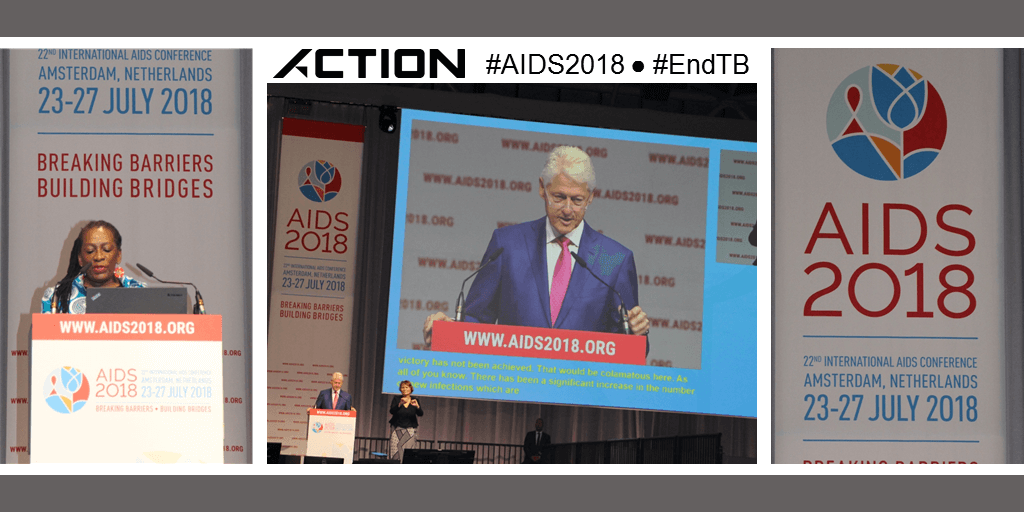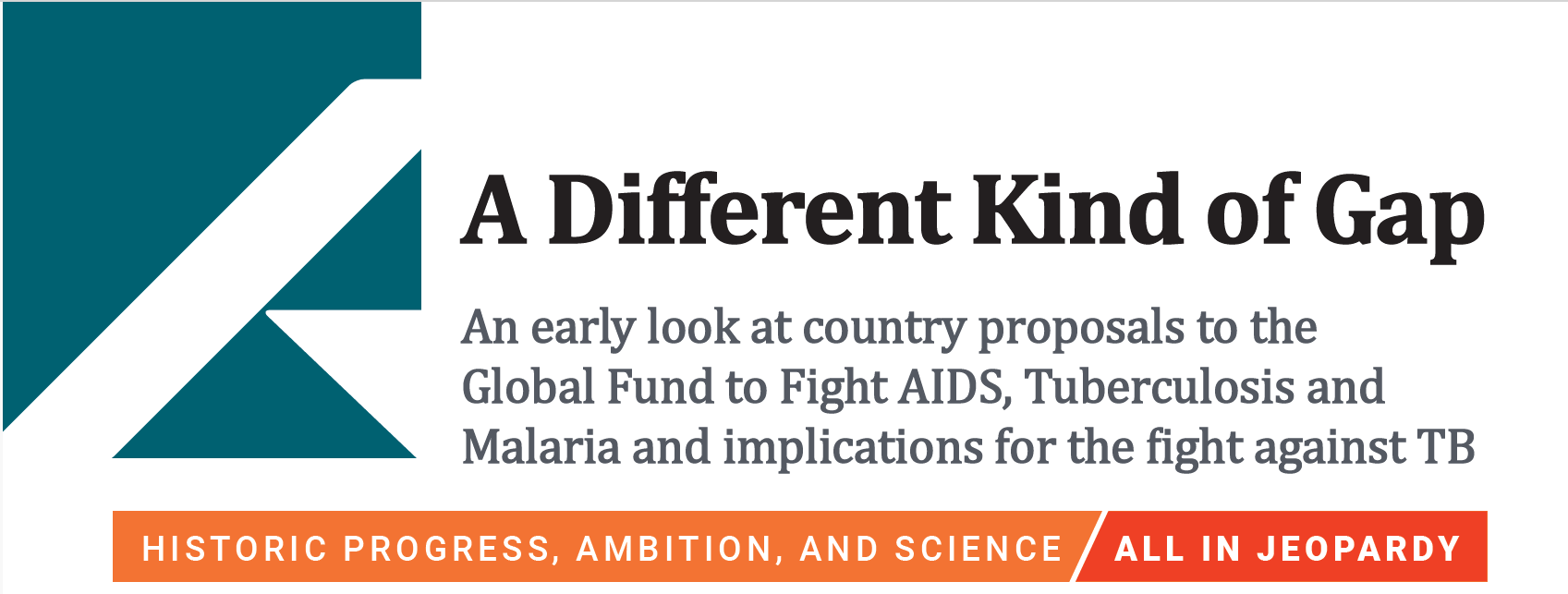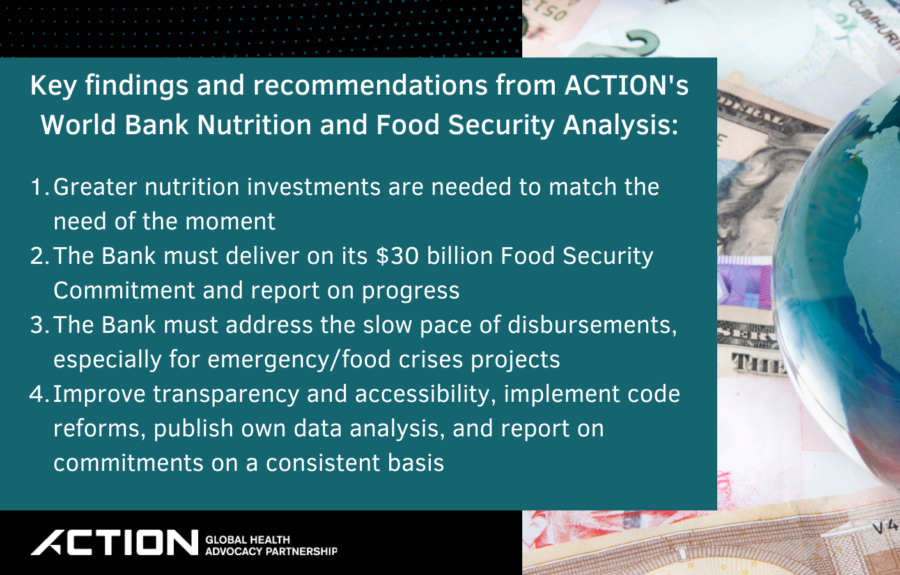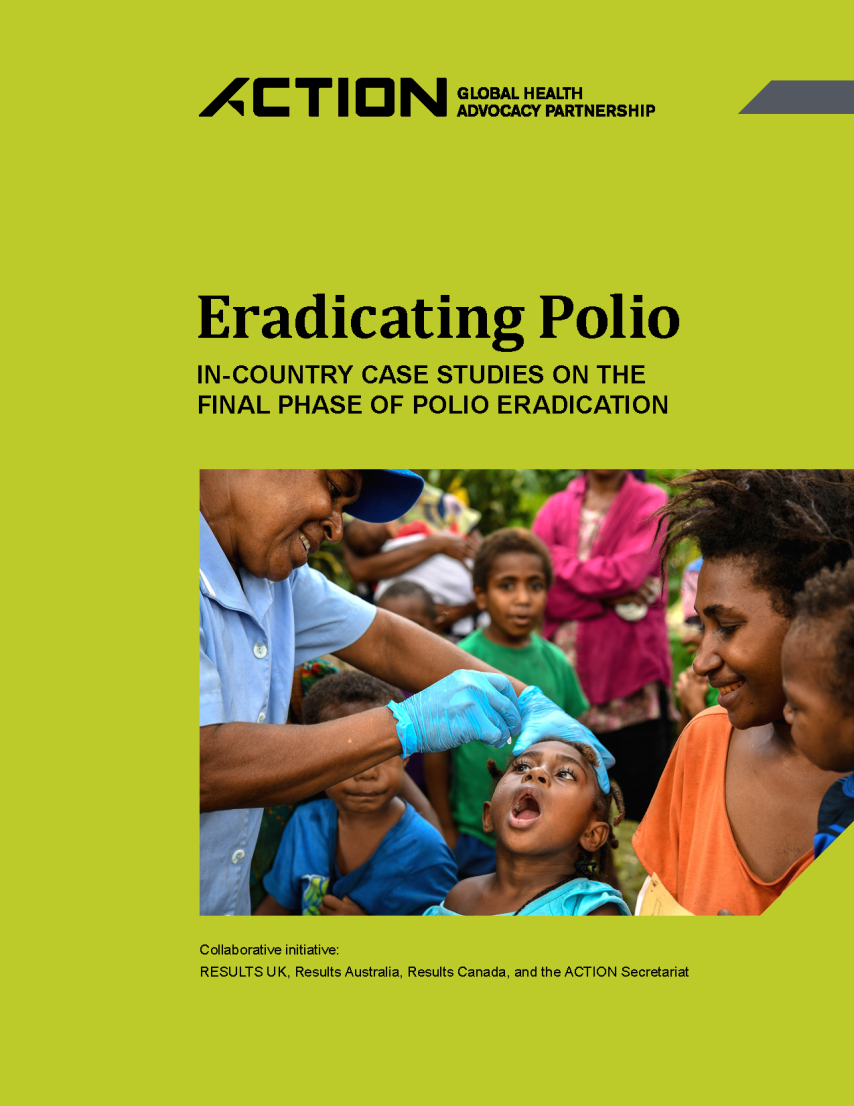“We need to learn to treat tuberculosis (TB) as more than just a bacterium. We need to consider all the ways that it impacts families and communities and make sure we not only have the funding for testing, treatment, and care, but that we are taking down the barriers that keep people from accessing it.”
Nawina Kachenga, executive director of CITAMplus and a TB survivor living with HIV, is well placed to talk about the impact of these diseases on family and communities. She brought the full force of her experiences to the 22nd International AIDS Conference in Amsterdam, the Netherlands, July 23–27.
Some 16,000 people from governments, academia, the private sector, donors, civil society, and HIV-affected communities descended upon Amsterdam from more than 160 countries. Kachenga helped them make the connection between AIDS 2018 and the opportunity presented by the upcoming United Nations High-Level Meeting (UNHLM) on TB — a disease that remains the leading cause of death among people living with HIV and causes 40 percent of all HIV deaths globally.
“As with any other development goal, one of the greatest barriers to effective TB treatment is the unavailability of resources,” Kachenga said. “Then, there is the complacency barrier; TB has always been with us — a part of the landscape of poverty that is so normal, it is easy to ignore. This is why the HLM and the voices of all of us here today are so important.”
On the final day of the conference and following a keynote address by former U.S. President Bill Clinton, Kachenga spoke in a special session titled “Seizing the moment for TB: Current challenges in TB care and in TB and HIV integration.” She stressed the need for governments of high-burden countries to recognize that TB is not inevitable, that it is a solvable problem if there are adequate government financing, global resources, and smart policies.
“We are here today to say that the TB epidemic is not normal,” she said, “and we will not ignore its human and economic cost. We will work together to end TB and, in doing so, will build a foundation for healthier, more productive, and more equitable societies.”
Clinton set the stage for Kachenga’s message, declaring, “If anyone thinks that we can possibly bring the developing world to where we want it to be by abandoning the fight against HIV/AIDS and the collateral struggle against TB, you need to think again.”
ACTION partners also participated in multiple sessions throughout the AIDS 2018 program and in the Global Village, sharing their expertise on how to engage with the UNHLM on TB, the challenges of transition from multilateral to local health financing, domestic resource mobilization, and the need for integration of TB and HIV programs — one of the major themes among advocates and affected communities.

TB 2018 pre-conference
Prior to AIDS 2018, the International AIDS Society, Stop TB Partnership, and United States Agency for International Development (USAID) convened for a day-long event under the theme “Bridging the TB and HIV Communities.” Participants throughout the day demonstrated the growing recognition of the threat that TB poses in the fight against HIV/AIDS.
Executive director of RESULTS (U.S.), Dr. Joanne Carter, spoke in a panel discussion on alternative financing for TB programs. “The issue is not that TB needs alternative financing. The issue is that TB needs more financing,” she said.
Executive director of RESULTS UK, Aaron Oxley, co-chaired a session on “Driving the accountability framework from the top-down and bottom-up.” ACTION is deeply engaged in helping to shape the mechanisms that will hold political leaders accountable for their commitments to end TB, particularly following the UNHLM on TB.






